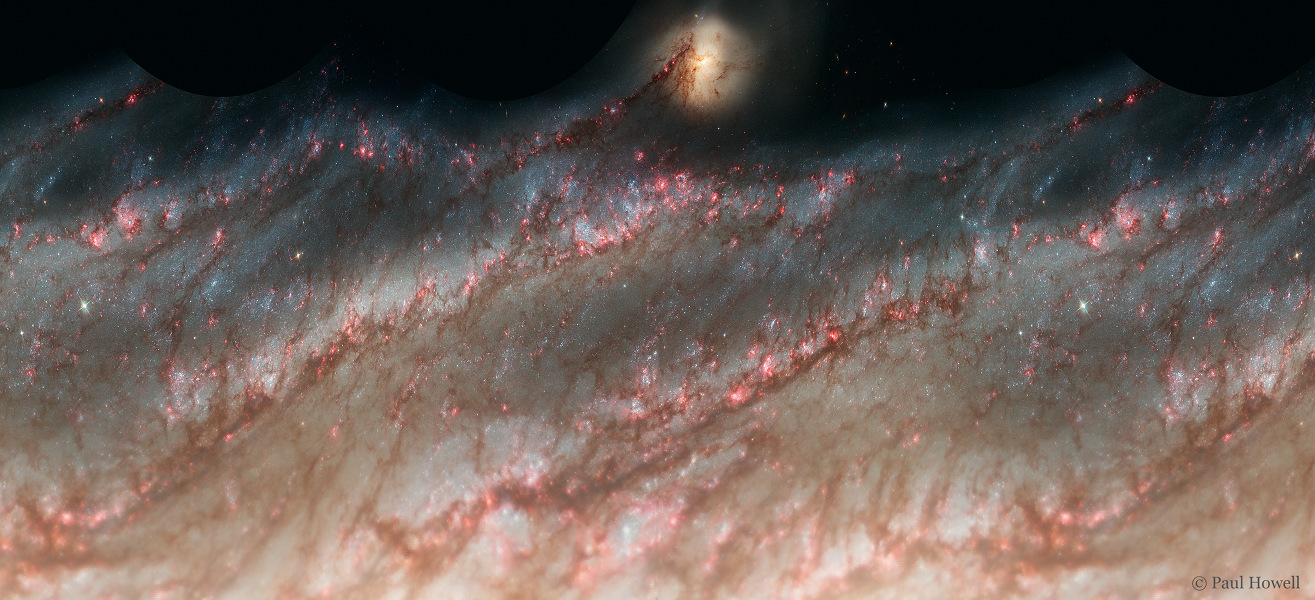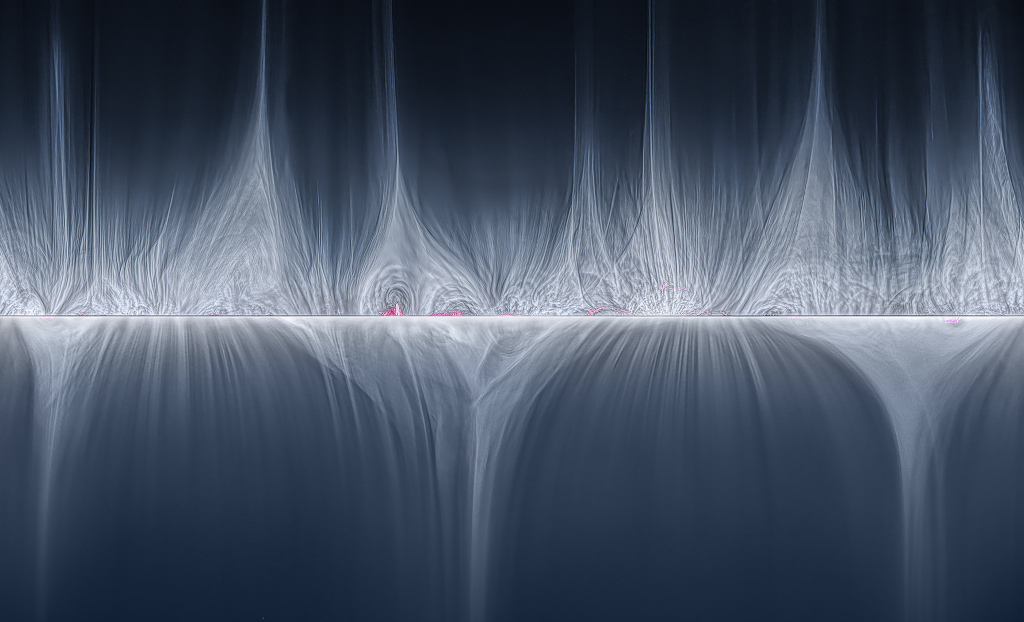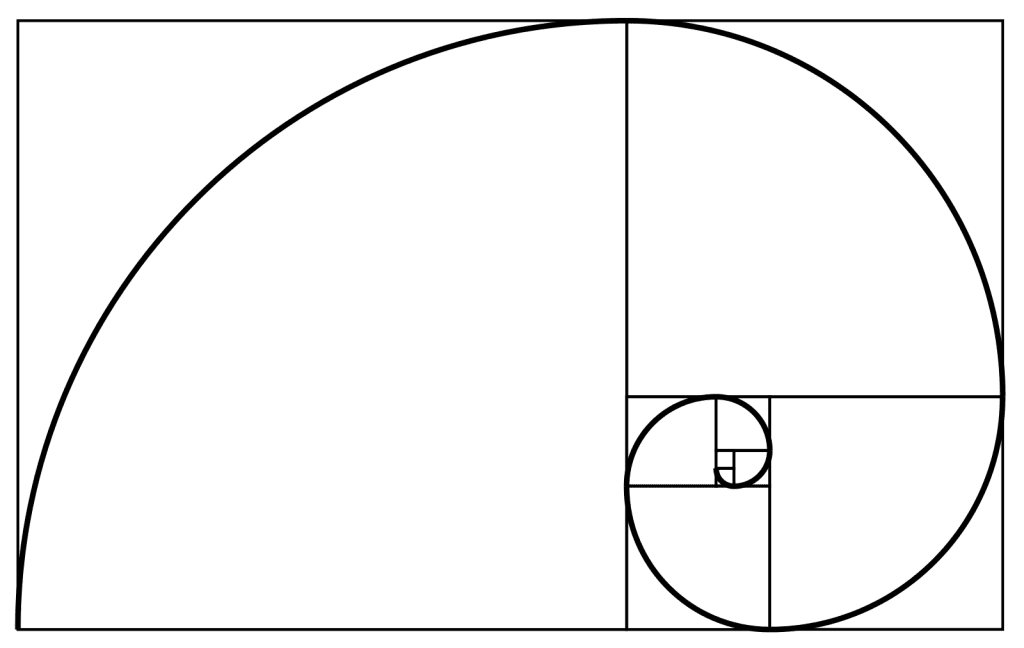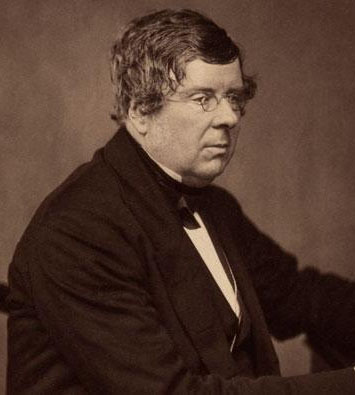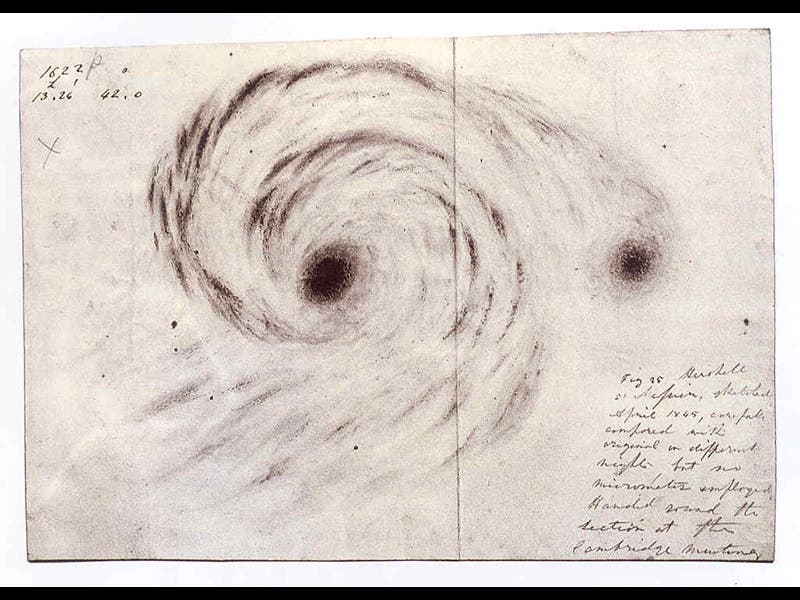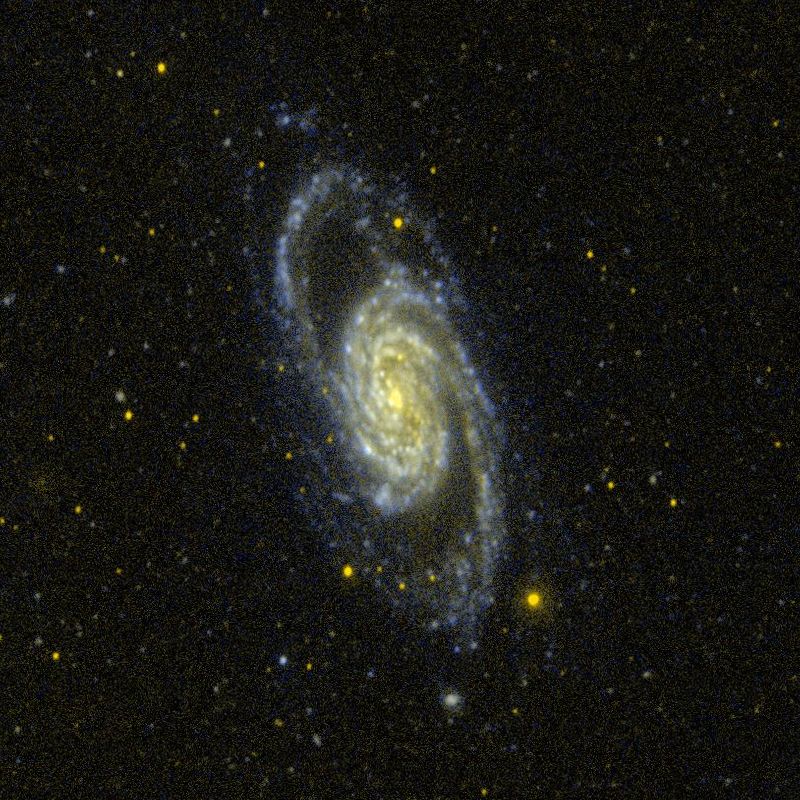Am I the only one who thinks there is a similarity between today's APOD and yesterday's?
Well, I'm nodding good-bye to yesterday's solar corona to concentrate on today's M51. Being a math idiot, I don't fully understand why the arms of M51 form such perfect lines, but I'll accept that the reason is that the arms are "almost perfectly logarithmic", whatever that means!
Because I can see that the "inner spiral" of M51 seems to follow an amazingly perfect golden ratio shape, whereas the outer arms deviate from this shape, undoubtedly because of the violent forces unleashed by massive star formation.
M51 by MIRI. Credit: ESA/Webb, NASA & CSA,
A. Adamo (Stockholm University) and the FEAST JWST team
APOD Robot wrote:
M51 is one of the original spiral nebulae
One of the original spiral nebulae? M51 obviously isn't a
nebula but a
galaxy. And why would we call M51 an "original" spiral galaxy? It's no more original than, for example,
these distant and very large spiral galaxies. And if it is "one" of the "original" spiral galaxies, which are the others?
What the caption is suggesting (but not really saying) is that M51 was the first spiral galaxy whose spiral arms were discovered! It was "the first spiral galaxy"! Hooray!

And not only that, but the spiral nature of M51 was probably first discovered (or acknowledged) on
April 6, 1845! So in a certain sense of the word, M51 is 179 years old as a spiral galaxy
today!!! Hooray, hooray, hooray, hooray!!!



So it was Lord Rosse who first saw the spiral arms of M51. In 1845, his giant telescope, the 72-inch "Leviathan of Parsonstown", was ready to use.
A truly fascinating tale about the discovery of spiral structure in M51 is told in
The M51 mystery: Lord Rosse, Robinson, South and the discovery of spiral structure in 1845. I can't copy any text from this article, because the pages of the original text have been "photographed", so that the entire text is shown as a series of "pictures". You'll understand if you look at the document yourselves.
Anyway. In this article by Wolfgang Steinicke, we are told that Lord Rosse built his huge telescope at the request of his friend, the Reverend Thomas Romney Robinson. The Reverend wanted to use the largest possible telescope to observe nebulas in the sky and prove that they were all just dense clusters of stars! According to Steinicke, there was a current hypothesis at the time that the apparent "nebulae without stars" (such as the Orion Nebula) were in fact gas clouds about to give birth to new stars. But even the milky-looking galaxies that were visible in the sky (such as the Andromeda galaxy) were also thought to be gas clouds about to give birth to new stars.
According to Steinicke, the Reverend Robinson hated this idea of stars in the process of being born, because he believed that God had created all the stars in the heavens once and for all. No new stars could be born, because God had finished his handiwork on the sixth day, or so the Reverend believed. Therefore Robinson wanted to observe both nebulas and galaxies to prove that they were all just dense conglomerates of stars.
So in March of 1845, the Reverend Robinson and another man were observing M51 with Lord Rosse's giant telescope in the hopes of resolving the bright central part of M51 into stars. Lord Rosse himself was not present.
M51 may have looked something like the picture at left when Reverend Robinson observed it. In 1845, it was already known that M51 was surrounded by some sort of ring structure:
So according to Steinicke, Robinson must have seen not only the rings around M51, but he should actually have seen that the "ring" was actually a set of spiral arms. But Steinicke theorizes that Robinson had no interest in either the arms or the rings of M51, because he just wanted to prove that the core of M51 could be resolved into stars.

In other words, Reverend Robinson tried to prove that the core of M51 was actually a globular cluster. He had to observe the "globular cluster nature" of the core of M51 himself to acquire this proof, because there was no way he could take photos of deep-space objects in 1845. And indeed, as he attended his next astronomy meeting, he reported that he had resolved the milky patch of M51 into stars, and he showed the people at the meeting the starry sketch he had made of the galaxy's center.
But, on April 6, 1845, enter Lord Rosse! On that night he observed M51 and noted the spiral nature of it. The Reverend Robinson was not present. In the same month, Lord Rosse made his first sketch of M51:
And the rest, as they say, is history.
Oh, and let's return to the caption of today's APOD, which claimed that M51 was "one of" the original spiral nebulae. Which were the others? Well, two other sort of original (on the heels of M51) "spiral nebulae" were M94 and NGC 2903!
Ann
 Unwinding M51
Unwinding M51